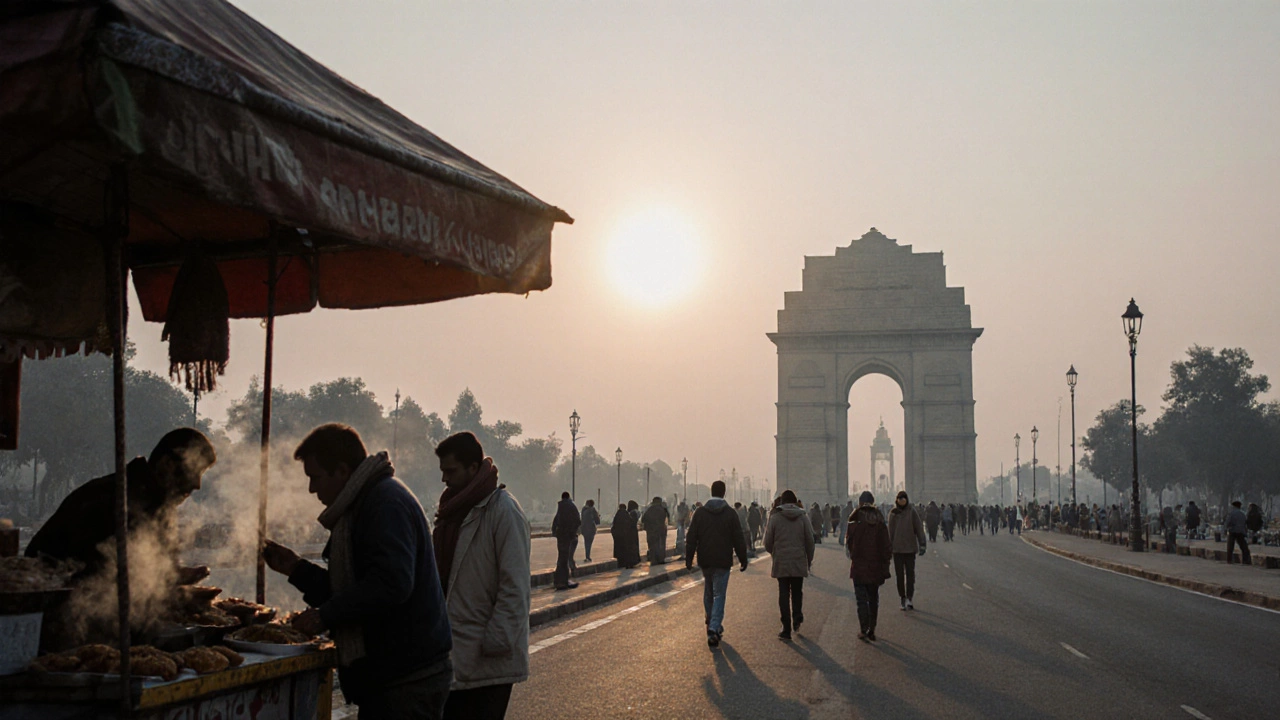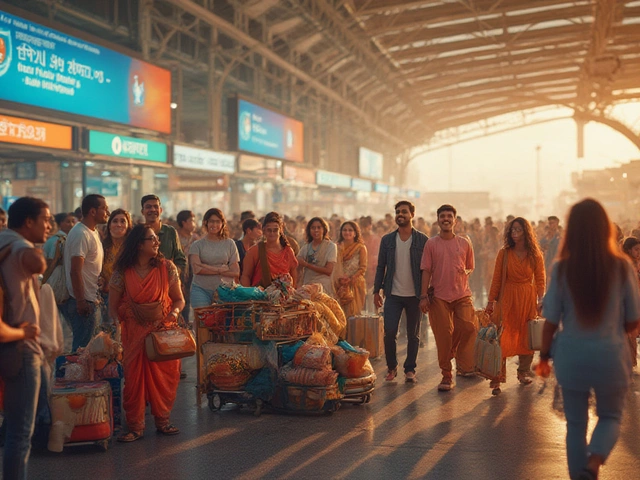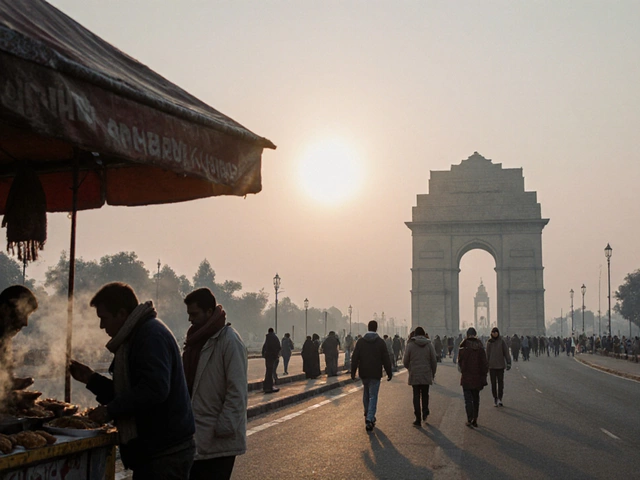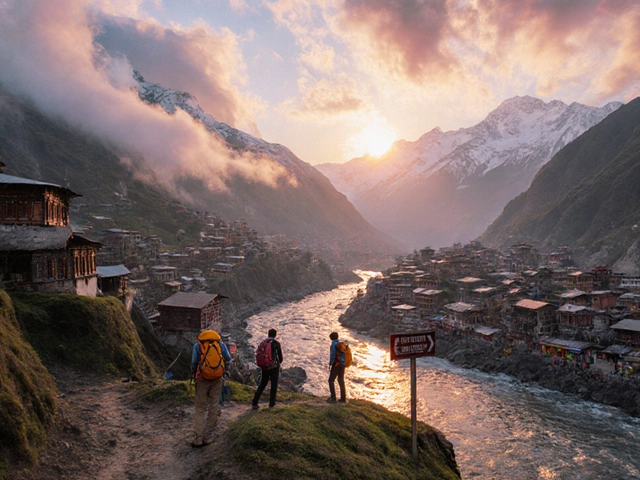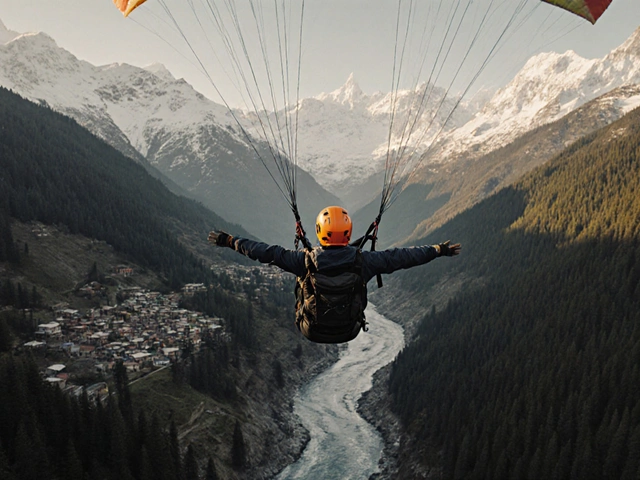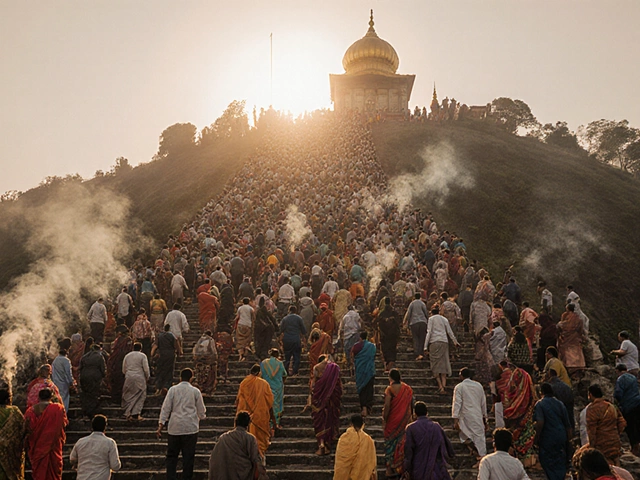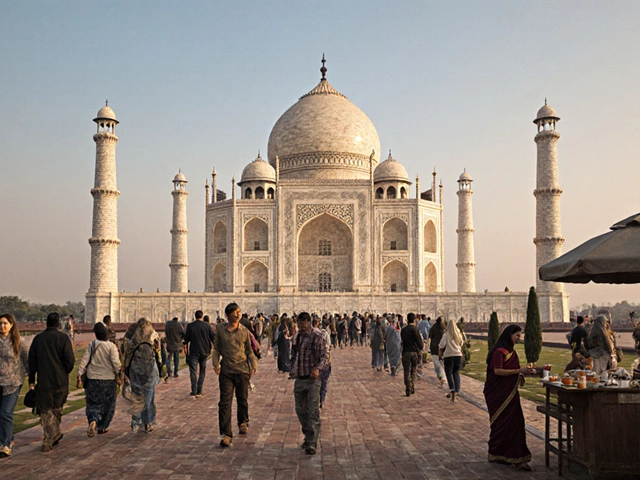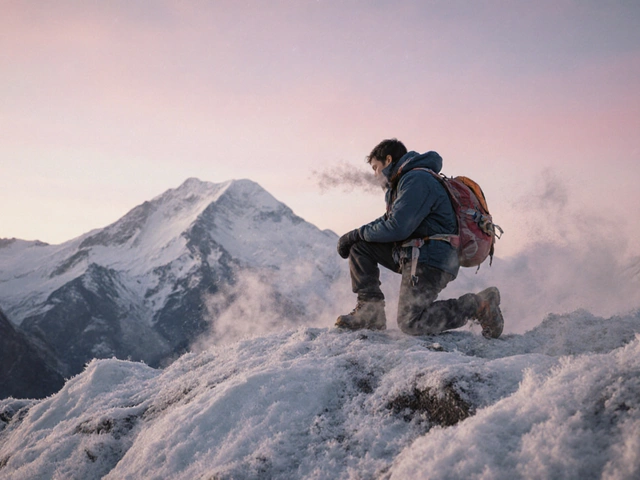Winter Temperature Calculator
Winter Temperature Calculator
Expected Winter Conditions
Enter altitude and location type to see results
When travelers ask Northern India is a region that spans from the rugged Himalayas in the north to the plains of the Ganga in the south, the answer hinges on altitude, latitude, and the time of year. In winter months (December-February) many spots can feel downright chilly, especially in the higher hill stations. Below you’ll learn exactly how cold it gets, where to expect frost, and how to plan a comfortable trip.
Key Takeaways
- Winter temperatures in the plains (e.g., Delhi, Jaipur) average 5‑15°C, while hill stations drop below 0°C.
- Altitude is the biggest driver of cold - every 1,000m gain cuts temperature by roughly 6°C.
- December to February is peak cold season; November and March offer milder alternatives.
- Pack layers, waterproof gear, and check local snowfall forecasts before heading to the mountains.
- Health tips: stay hydrated, avoid sudden altitude changes, and watch for frostbite in extreme cold.
How Climate Varies Across Northern India
The region is a patchwork of climates:
- Plains and river valleys - cities like Delhi and Jaipur enjoy a semi‑arid climate. Winter nights can be crisp, but daytime sunshine often pushes temperatures above 10°C.
- Foothills and lower hills - places such as Shimla sit at 2,200m. Average lows hover around -2°C, and fog is common.
- High Himalaya - in Kashmir (Srinagar) and Ladakh (Leh), winter nights regularly dip below -10°C, with snow persisting for months.
Because the northern India temperature range is so broad, the same month can feel tropical in one city and frigid in another.
Average Winter Temperatures by Destination
| Location | Altitude (m) | Avg High (°C) | Avg Low (°C) | Typical Snowfall? |
|---|---|---|---|---|
| Delhi | 216 | 17 | 7 | No |
| Jaipur | 431 | 20 | 9 | No |
| Shimla | 2,200 | 10 | -2 | Occasional |
| Manali | 2,050 | 9 | -4 | Frequent |
| Srinagar (Kashmir) | 1,585 | 5 | -6 | Heavy |
| Leh (Ladakh) | 3,500 | -2 | -10 | Pervasive |
Why Altitude Matters More Than Latitude
The rule of thumb for mountain climates is a 6°C drop per 1,000m rise. That means a city at sea level experiencing 15°C will feel like 9°C at 1,000m, and 3°C at 2,000m. This explains why Manali (2,050m) can be snow‑covered while Delhi (216m) stays mild.
Latitude still plays a role: the farther north you go, the longer the nights and the lower the sun angle. Combine that with high altitude, and you get sub‑zero nights, especially in Kashmir and Ladakh.
Best Months for Cold‑Weather Travelers
- December - February: Full winter, reliable snow in hill stations, crisp nights everywhere.
- Late November & Early March: Shoulder season; you’ll catch occasional frost without extreme cold, ideal for trekking with less crowd.
If you can’t tolerate below‑zero temps, stick to the plains or hill stations like Nainital (1,800m) where lows stay around 2°C.
Packing Checklist for a Northern India Winter Trip
- Layered clothing - base layer (thermal), mid layer (fleece), outer shell (water‑proof).
- Insulated waterproof boots - especially for snow‑covered roads.
- Gloves, beanie, scarf - wind chill can add 5‑10°C of perceived cold.
- Sunscreen and sunglasses - high altitude sunlight is intense, even when it’s cold.
- Personal medication for altitude sickness - useful in Leh and Kashmir.
Health & Safety Tips
Cold weather can be deceptive. Warm clothing keeps you comfortable, but dehydration still happens because dry air accelerates water loss. Drink plenty of fluids and avoid alcohol before high‑altitude treks.
Watch for signs of frostbite: numbness, tingling, or skin turning white. If you notice any of these, warm the area slowly with body heat or warm water-never use direct heat.
Altitude sickness thresholds vary. Below 2,500m, most travelers feel fine; above that, be aware of headache, nausea, and shortness of breath. Ascend gradually, and if symptoms worsen, descend.
Sample 7‑Day Itinerary for Winter Lovers
- Day1‑2: Delhi - Explore historic sites, sample street food, and adjust to the climate.
- Day3‑4: Shimla - Ride the historic toy train, wander Mall Road, and enjoy occasional snowfall.
- Day5‑6: Manali - Head to Solang Valley for skiing or snowboarding; try hot‑water springs at Vashisht.
- Day7: Leh (Ladakh) - Fly into Leh, visit Shanti Stupa, and marvel at the stark, blue‑white landscape.
This loop keeps travel distances reasonable while exposing you to the full temperature spectrum of northern India.
Frequently Asked Questions
Will it snow in Delhi during winter?
Snow in Delhi is extremely rare. The city may see fog and a few cold snaps, but actual snowfall has not been recorded in recent decades.
What is the coldest place to visit in northern India?
Leh in Ladakh consistently records the lowest winter temperatures, often dropping below -10°C with strong winds and clear, crisp skies.
Do I need a visa to travel to the Himalayas?
International travelers to India need a standard tourist visa. The Himalaya regions (e.g., Ladakh, Kashmir) fall under the same visa rules; no extra permits are required for most tourist sites, though border areas may require additional clearances.
Is it safe to travel at night in the mountains during winter?
Night travel can be risky due to sudden snow, icy roads, and reduced visibility. Stick to daylight hours, keep a reliable local driver, and check weather updates before setting out.
What are the must‑try winter foods in northern India?
Warm up with piping‑hot jalebis, butter‑rich dal makhani, steaming gulab jamun, and regional specialties like Kashmiri Rogan Josh or Himachali sidu.
